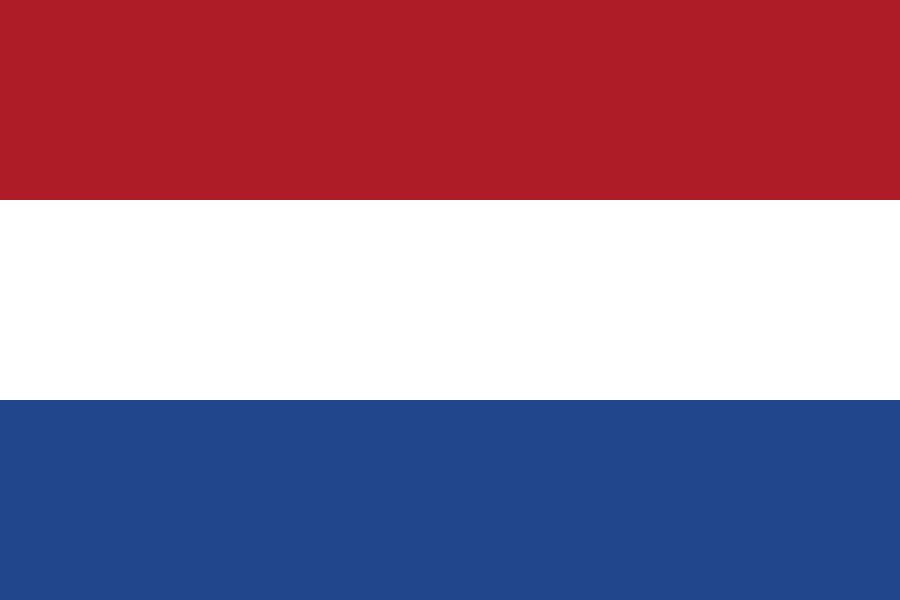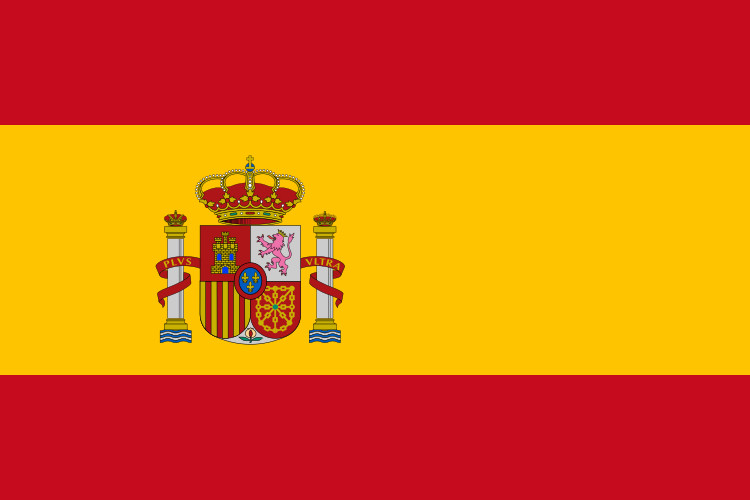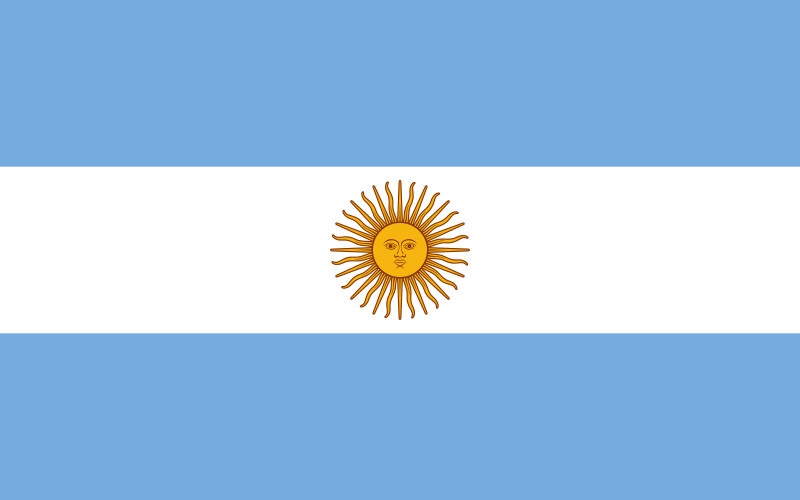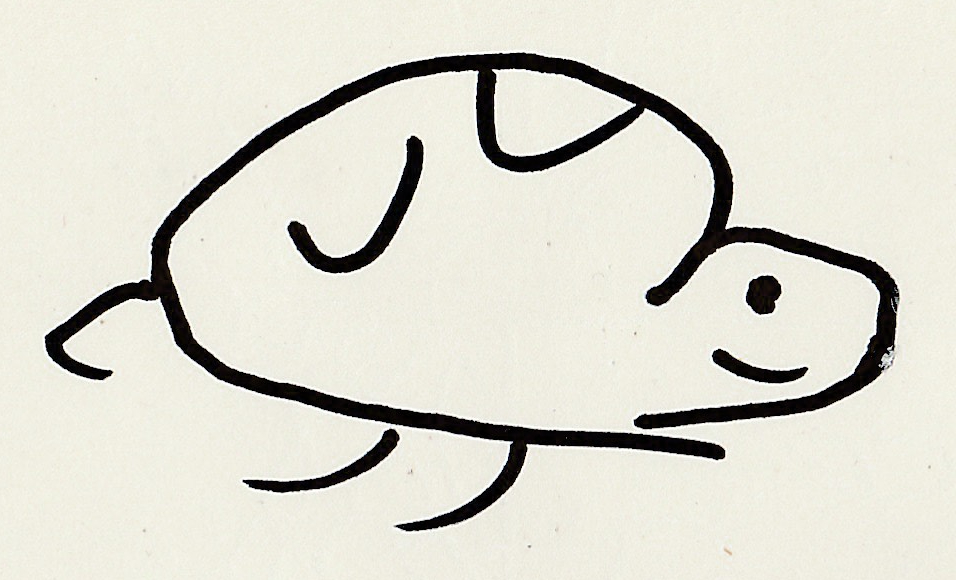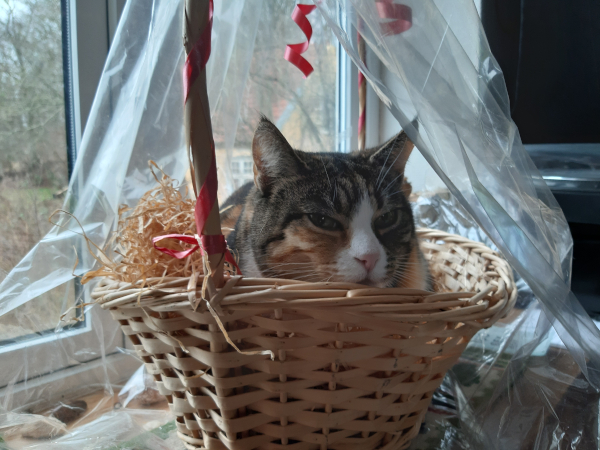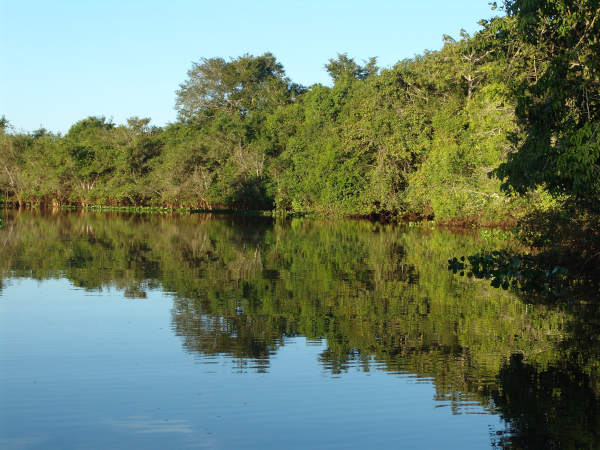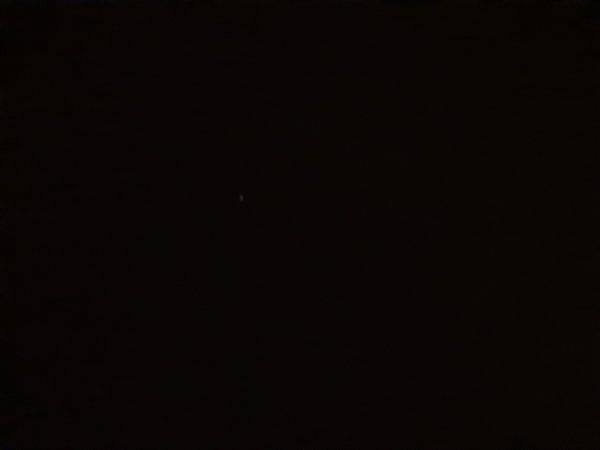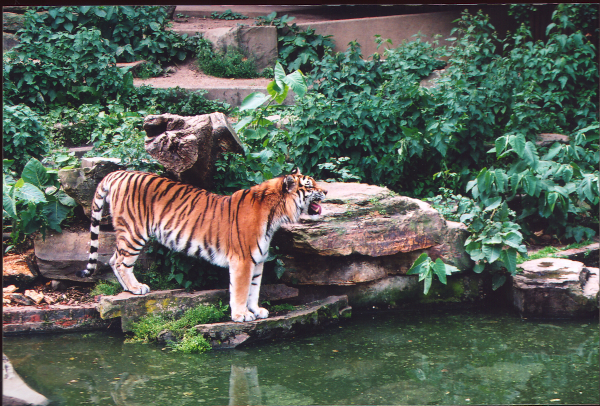Blog
As may be expected of a blog, it is an ongoing affair. For the moment, we publish here three types of texts that suit the definition of a blog.
- in English: texts that Touché and Guy post with a certain regularity at LinkedIn.
- in Portuguese: contributions of Touché to our company website on LinkedIn, and some of her older posts on Brasil com Z, a blog by expat Brazilians about the countries they emigrated to. The cooperation stopped some time ago, but Touché's texts are still interesting.
- in Portuguese, Dutch, English and even French: whenever we travel, we send newsletters to friends in several countries. At first, these messages appeared only in Portuguese, later a Dutch version was added, and in 2016 we were crazy enough to add a French and an English newsletter during our stays in New Zealand/Australia and Costa Rica. We will progressively post some of these travelogues, going back in time.
Note: the latest post is at the top. Use the menu at left or scroll down for older messages.
Touché at LinkedIn in 2022-1
Backpackers around the world
Among things taken for granted backpacks are part of the list. Probably people don't even think they are looking for their backpack when going out. Some years ago (maybe decades ago?) you'd just consider carrying a backpack when traveling – and not any type of trips or destinations would request this accessoire (?), as backpackers were labeled 'adventurous travelers', those whose luggage would be limited to the minimum needed for their not-at-all fancy touristic experiences.
And in fact backpacks were not inaugurated as a luggage item linked to the tourism industry. Surprisingly they were invented in 3000 BC! History has records of a man – Otzi (called the Iceman) – whose mummified body was found in the Alps by a German tourist, Helmut Simon, on September 19, 1991. Otzi's belongings were packed in a backpack made from leather and wood and most of them could be restored. Since 1998 his mummy is exhibited in a special cold cell in the South Tyrol Museum of Archaeology in Bolzano, Italy. We may say Otzi the Iceman was the first backpacker we know of.
It seems that besides the important scientific findings based on Otzi\s adventure, he became also a great inspirer of the modern travel industry with his backpack. The word was coined in the US in 1910 and for many years the backpacks were made of wood and leather – as that of Otzi – and were used to carry whatever burdens people wanted to bring with them and were called 'bindles'. During the American civil war in 1870 they were largely in use and remained an artifact in military forces not only in the US but also in the UK, Germany and other Western countries.
In 1877 Henry Miriam developed a functional model for the US military using sheet metal in order to reduce the weight of it. The military backpack was then improved in 1882 by Camille Poirier who added some straps to the first design and this model is still used for canoe and kayak trips. Overtime new changes have been implemented, like a rigid frame for hiking purposes and in 1922 people in Alaska were making backpacks with sticks and seal skins.
More modern models started to be produced from 1938 on, when Gerry Cunningham used his father’s sewing machine to create a nylon bag with zippers, but it was in the late 1940s that backpacks started to become popular when children decided to use them to carry their school books. Since then different materials have been used in order to make then more and more functional, lightweight and stylish. A significant progress in the production and use of backpacks was the foundation of Fjällräven, by Åke Nordin, in 1950. His firm became a quality reference for trendy bags. Some inventive people implemented various changes to the backpack design thereafter, including new patterns, decorations, colors and fabrics.
It was probably Greg Lowe, from Colorado, who inaugurated the backpacks as practical for vacations or business trips, when he created the first internal frame model featuring special wheels, in 1967. Since then, backpacks are found in different ambiances having conquered the market for innumerous types of activities, varying from sports, school, work, or even elegant parties, you name it.
However, backpackers remain identifiable all around the world as travelers who mostly enjoy nature and adventure, travel light, and do not show off.
We like it so.
Mothers and Birds
Many of us love to watch birds and there are those who can tell about their genetics, habits, migration movements, etc. etc. It is remarkable to know that some bird-lovers spend hours and hours just watching them and scientists who dedicate their time on studies which allow us to have a better perception and understanding about these lovely animals.
Because it is really amazing to listen to the so many variations of bird song! Also, not many humans achieve such a perfect system of communication as groups of birds during their flights. What rhythm, what beautiful dance! A real wonder, a gift from Nature, a reason to be grateful for the opportunity to see birds, listen to their music and fly away with them!
A large number of birds are migratory: before winter sets in, they move in large groups to warmer climes, and when spring arrives, they return to their breeding grounds. Migration still holds many secrets, even if people have studied it for thousands of years. Most migratory birds come together in large groups and travel together. In some countries like Denmark there are specific places where uncountable numbers of starlings meet before emigrating to the South to escape the hardness of the winter in Northern Europe. It is fantastic to see them gather at the same place and time every year. As in a perfectly coordinated choreography, millions of birds fly around the sky making a real show before 'landing' on big areas where they overnight before flying further to warm countries. This astonishing phenomenon is called Black Sun and has become a famous touristic attraction.
A little bit of history: how does it all start? Most probably during a springtime when romance was all around and birds fell in love with other birds, resulting in courting and mating that lead to females birds making nests to lie eggs for the baby birds to be and males who keep themselves busy trying to protect their families. Old old story. A very old story about birds and their habits, their departures and adventures in various places, which let us to make a parallel between baby and human babies.
After some time newly born birds are considered ready to leave the nest the same way children do regarding moving out from their parents' homes. Of course birds are much more skillful in the art of leaving their homes but all the same: all youngsters need time to get ready to fly.
Here a very curious fact: not only humans differ regarding their 'I'm ready to fly' attitude but so do birds too!!! Researchers have concluded that among little birds there are those who are self-confident enough to spread their wings and throw themselves into the void as soon as they can while some others stay inside their protected nest until the very last moment when mom decides 'you must go away now, baby'. However, bird-moms don't seem to have much trouble with that (there is no mention of bird-moms having traumas sending their babies away nor for avoiding to do so), while it is common to see human mothers who keep postponing the departure of their children from the family nest what results in children having fear of facing the world out there and being uncertain about how to manage by themselves.
So birds and children seem to have special features in common: they are lovely, they are curious and they love to fly. Moreover: some are more or less curious about the world outside their nests. And, for sure, they all need good mothers to support them to go after their own dreams.
The Mirror Therapy
Mirrors became particularly famous due to the ancient Greek mythology about Narcissus, the son of the god of the river Cephissus and nymph Liriope. Several versions of this myth have survived and the classic version is by Ovid in Book 3 of his Metamorphoses.
In this fascinating story Narcissus, a handsome young man, refused to be embraced by Echo, an Oread (mountain nymph), who was then heartbroken for the rest of her life. Nemesis – the god of revenge – decided to punish him for that and once he was getting thirsty after hunting lured him to a pool where he leaned upon the water and saw himself. Not realizing it was merely the reflection of his own image he fell deeply in love with it but eventually realized his love could not be reciprocated. This discovery made him slowly pine away and finally he melted away from the fire of passion burning inside him and eventually turned into a gold and white flower.
As time passed the term 'narcissism' became a synonym for selfishness in all its broad senses, varying from vanity and self-admiration to disinterest in others. In the late 1800s narcissism began to be defined in psychological terms and became subject of studies for many scientists and a theme of inspiration for different writers and painters.
However, Narcissus became a symbol of vanity, inconsideration of anybody's else beauty and an example not to be followed. Like a mirror where one should look at his-her image in a discreet, self-critic way. This would not mean the refusal of recognizing one's own beauty but the perception and value given to other people's good or even the generosity towards others. A narcissist person centers the meaning of life around his-her personal needs, desires and interests.
This is why a mirror can be of crucial importance in interpersonal relationships. Our modern world focuses on individualistic behaviors, success at any price, go and get it... lots of slogans and messages about how to get fame and power, etc etc, ignoring the fundamental fact of life: the other person's life is as important to that person as yours is to yourself.
Not much is required to get a good definition of who we are, which potentials, talents and limits grant us the possibility to be a real human being. Psychologists help, sociologies too, but the only real way to get to know who we are is through deep looks, analysis and talks with our own images reflected in the mirror. Without self-pity and with self-esteem this practice can be the best help anyone can get in order to avoid being vain, selfish and arrogant.
Got a mirror? Use it and become a better person.
Shame on you, European Union!
For the second time we sat and watched: the outrageous attitude of the President of the European Council, Mr. Charles Michel, who in official meetings with representatives of countries outside the European Union does not make any move to have his colleague, Ms. Ursula Van der Leyen, who also holds the high position of President of the European Commission be treated as respectfully as himself. One year ago the visit to the President of Turkey Recep Tayylip Erdoḡan became known as the 'Sofagate', when no seat was foreseen for Ms. Van der Leyen, and Mr. Charles Michel hid himself behind excuses like 'misunderstanding in the organization of the meeting', which seemed to be enough for the EU and the subject was considered to be closed...
Well, yesterday there was another episode of this outrageous soap opera. Here during the photo-op with the African representatives at the Europe-Africa meeting in Brussels it was only thanks to the French President Emmanuel Macron that Ms. Van der Leyen was 'entitled' to be greeted by the Ugandan Minister of Foreign Affairs, Jeje Odongo, who just passed in front of her as if she was thin air to salute Michel and Macron.
Apparently the international press did not consider this shameful demonstration of sexism as something that scandalous. Not much has been said so far – maybe it will still happen? - and this silence points at the fact that disrespect to women is something usual everywhere, Europe not excluded.
Worse than the silence of the newspapers is the silence of the other male members of the EU who take the part of accomplices of their macho peer. A terrible omission that unveils the hypocritical show where the actors pretend that Europe is a democracy and therefore women are respected and treated as equals in the various spheres particularly in the professional world. Unfortunately this is really not so and disgustingly enough facts like those happen often.
How can anyone trust the European democracy when its own diplomatic representatives disregard and humiliate women?
We need to act in order to delete these fake Europe from our news.
We need action NOW. No excuses, no maybes. Action. NOW.
Meanwhile in China...
According to Wikipedia, tradition is "a belief or behavior (folk custom) passed down within a group or society with symbolic meaning or special significance with origins in the past." and no deep knowledge of History is required to understand that over time traditions have tended to lose their meaningfulness in most countries around. The constant changes and new inventions have led to what we define as acceleration of history and in order to follow the rapidity of the flow we must adjust our habits and behaviors as quickly as possible or we risk to be banned from the diverse communities or societies we live in.
Naturally the considerations about traditions guide our thoughts to China, one of the world's first civilizations and where for millennia the political system was based on absolute hereditary dynasties that had a great concern about keeping the rituals from their ancestors. The first Chinese dynasty – the Xia – emerged around 2100 BCE and quite a number of dynasties followed until 1912 when the Xinhai Revolution led to the collapse of the dynasty system and stablished the Republic of China disrupting the old political tissue and implementing new regulations that finally resulted in the country becoming one of the leaders of modernity.
These drastic changes evidently impacted the cultural manifestations. It is absolutely remarkable that after the crucial changes occurred in their land to date most Chinese people still hold to their traditions and value their cultural heritage.
One of their most meaningful representations is the amazing Chinese zodiac, a traditional classification scheme following the lunar calendar which is based on the monthly cycles of the Moon's phases that assigns an animal and its reputed attributes to each year in a repeating twelve-year cycle.
In spite of the fact that the generic term 'zodiac' reflects several superficial similarities to the Western zodiac, there are major differences between them particularly what regards the representation of animals: in the Western zodiac their names are widely associated "with a culture of ascribing a person's personality or events in their life to the supposed influence of the person's particular relationship to a time cycle" (Wikipedia) whilst the Chinese zodiac is represented by twelve animal signs assigned by year and that represent how others perceive you or how you perceive yourself.
Each sign is linked to a month of the solar year that means they are also linked to a season.
Spring: Tiger, Rabbit, Dragon
Summer: Snake, Horse, Goat
Autumn: Monkey, Rooster, Dog
Winter: Pig, Rat, Ox
Through the years Chinese people have shown how to honor traditions without losing focus on progress and development. For centuries the old zodiac signs still help us recognize people based on the characteristics attributed to them according to their year of birth.
As per historical calculations, on Feb 1st 2022 Chinese folk inaugurated the Year of the Tiger to be ended on January 21, 2023.
Together with Horse and Dog, Tiger is considered to be the sign of people who seek true love, pursue humanitarian causes, are idealistic and independent (but trending to be impulsive). They are also said to be productive, enthusiastic, dynamic, loyal and protective but also rebellious, disagreeable, stubborn.
In a moment when we desperately need leaders who understand our problems and work honestly in favor of our planet we certainly should try and use the wisdom of the ancient traditions. 2022 is the Year of the Tiger.
How many 'tigers' do we need to help our world become a better place?
Metaverse: the death of reality
When did we become aware of the creation of the metaverse? For many this concept remains unknown, but probably, this state of innocence won’t last long. Even if it started as a burglar that planned an assault on somebody’s home, it now seems inevitable that this horrific idea invades minds and existential needs and takes hold of our human capacity to interact and live real facts and emotions transforming us into zombies produced by high technology and unlimited greed.
The term – a nice combination of two beautiful words 'meta' – from the Greek: 'beyond' – and 'verse' - extracted from 'universe' (Wikipedia-Wiktionary) has a strong marketing appeal and points to big financial growth and profits.
However the concept, maybe designed behind doors and in top secret by to those enterprises that gathered to discuss new possibilities of making still more money even if their owners are already billionaires, does not seem to be so nice and surely not at all beautiful as the ancient words used to designate it.
We are talking about forging a non-real reality – if this makes linguistic sense. Providing people with an escape from their lives through the illusion of the possibility of meeting with anyone anywhere anytime puts at risk our human condition to be and share. When fiction becomes 'livable' then there is no point in thinking, searching, struggling, just because being together and looking for personal development stops making sense. Just set some devices on your body and you stop being a body that has different types of limitations. Giving up our human nature to hide ourselves behind lenses that show us an imaginary world certainly leads our humanity to be irreversible damaged.
For many years this state of alienation and denial of reality has been called schizophrenia. Well, changing the designation does not change the fact. Persons are not avatars, metaverses are not reality, imagination is imagination, reality is reality. These basic truths remain true.
Giant enterprises are investing in all sorts of devices to make 'the metaverse experience' as pleasant as possible but what is really in question – the danger it means to our minds, emotions, actions – is mostly put aside because it is 'The' big hit of modernity and high-tech and we are not supposed to oppose progress, right?
Well, this is an alert. Not from a scientist, not from a historian, not from an expert in any fancy subject but from a down to earth common person who loves life and values the human condition. Be aware of fake universes! Ours is exciting and we have a wonderful planet to live in with other real people. Maybe we are not so developed. But we are real and so are our experiences.
visit our webpages about us, our travels, et cetera
we thank you for your preference

